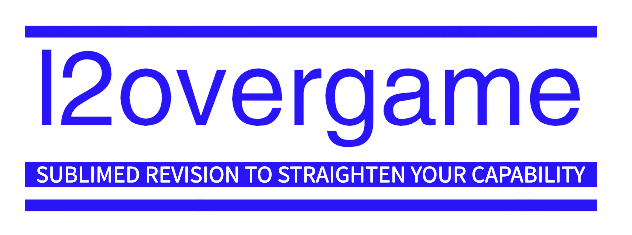Buying a used car can be an excellent option for those seeking quality vehicles at a more affordable price. However, navigating the world of used cars requires careful research and consideration. In this article, we will guide you through the process of finding the perfect used vehicle for your needs, covering essential steps, considerations, and tips to ensure a successful purchase.
- Determine Your Needs and Budget
Begin by assessing your needs and establishing a realistic budget for your used car purchase. Consider factors such as the size, type, and features you require. Determine whether you prioritize fuel efficiency, cargo space, or performance. Establishing a budget will help you narrow down your options and ensure you are financially prepared for the purchase, including associated costs like insurance, taxes, and maintenance.
- Research and Compare Models
Conduct thorough research on different car models that align with your needs and budget. Consider factors such as reliability, safety ratings, maintenance costs, and resale value. Utilize online resources, consumer reviews, and automotive publications to gather insights. Make a shortlist of potential models and compare their specifications, features, and ownership experiences to determine which ones best meet your requirements.

- Check Vehicle History and Condition
Before making a purchase, obtain a comprehensive vehicle history report using the vehicle identification number (VIN). This report will provide crucial information about the car’s ownership history, accident records, maintenance records, and mileage. Additionally, consider having a trusted mechanic inspect the vehicle for any hidden issues or potential repairs. A thorough examination of the car’s condition will help you make an informed decision and avoid unexpected expenses down the line.
- Test Drive and Inspection
Schedule a test drive to experience the vehicle firsthand. Pay attention to its handling, acceleration, braking, and overall comfort. Test all the features, including lights, air conditioning, sound system, and safety features. During the test drive, listen for any unusual noises or vibrations that could indicate underlying problems. Moreover, inspect the car’s exterior and interior for signs of wear, tear, or inconsistencies. Taking your time to thoroughly assess the vehicle’s condition will help you identify any potential issues and ensure its suitability for your needs.
- Negotiate and Complete the Purchase
Once you have found a used car that meets your requirements and passes inspection, it’s time to negotiate the price. Research the market value of similar vehicles to have a realistic benchmark. Be prepared to negotiate and consider factors such as the vehicle’s condition, mileage, and any necessary repairs. Carefully review the sales agreement and ensure all necessary paperwork is in order before completing the purchase. Consider obtaining financing or arranging payment in advance to streamline the buying process.

